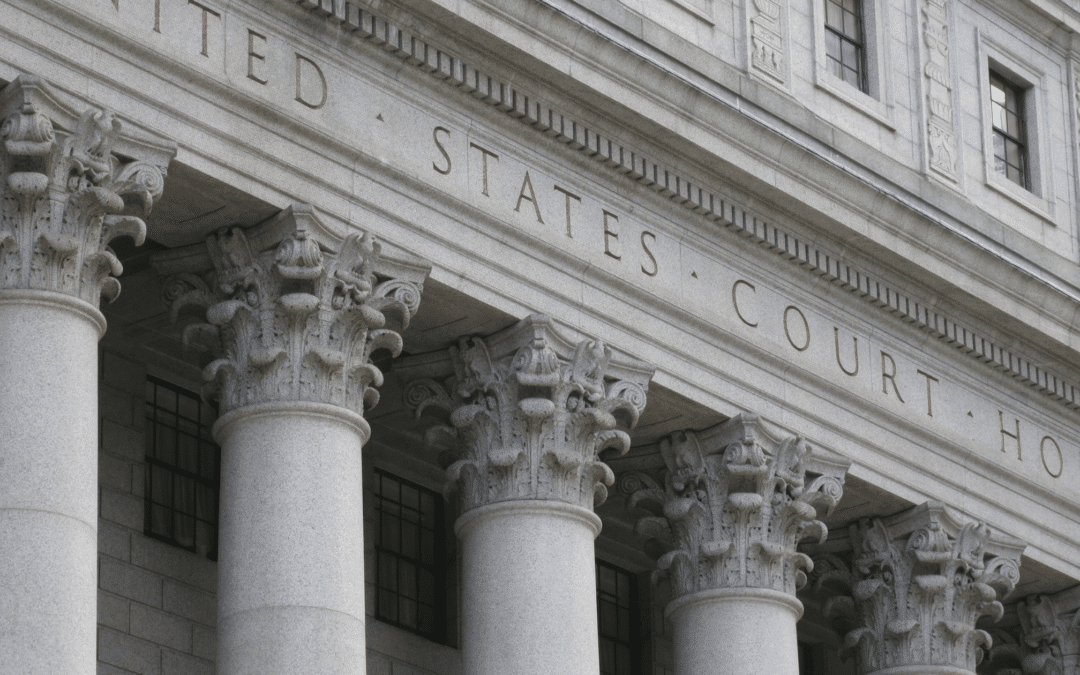While cyber attacks such as ransomware have steadily increased in frequency over the past few years, more recent, widely publicized attacks like the Colonial Pipeline attack have finally caused government agencies to sit up and start taking action. The White House’s unprecedented executive order, for example, aims to help modernize the federal government’s cybersecurity practices, and the FBI recently requested an additional $40 million for cybersecurity defenses. While these important steps are aimed at strengthening the government’s response to cyber threats, other government agencies are now starting to issue updated guidelines for regulated industries. Much of these new guidelines cover a lot of the basics of cybersecurity practices, like creating a cybersecurity policy and encrypting sensitive data. However, what becomes clear is that for regulated industries to fully adopt these guidelines there must be a focus on managing and mitigate the human risks involved in cybersecurity.
Of the various government agencies issuing new cybersecurity guidelines, the U.S. Department of Labor’s Employee Benefits Security Administration guidelines is notable for being the first time the department has issued any sort of cybersecurity guidance. The guidelines are aimed at entities covered under the Employee Retirement Income Security Act, including “benefit plan sponsors, plan fiduciaries, record keepers and plan participants” and are designed to protect the estimated $9.3 trillion in assets the department oversees. Included in the guidelines are practices widely considered essential for defending against cyber threats, including a formal cybersecurity policy, annual risk assessments, and conducting security reviews of 3rd party vendors.
Many of the guidelines issued by the Department of Labor are aligned with the New York Department of Financial Service’s 2017 cybersecurity regulation, which itself is starting to ramp up its own guidelines. In June, the NYDFS released updated FAQ’s that offer further guidance on complying with the state regulation while also releasing new ransomware guidelines. The updated FAQ shows the department is not messing around. While the NYDFS outline which covered entities can file for an exemption, they also emphasize that even exempt entities must comply with certain aspects of the regulation, such as maintaining a cybersecurity policy, conducting risk assessments, and notifying the department of any cybersecurity events. In their ransomware guidance, the department cites the importance of practices such as cyber awareness training, MFA and password management, and strong access privilege restrictions — all of which are already required under the department’s regulation.
While many of the cybersecurity guidelines government agencies are now offering cover some of the basic cybersecurity practices, implementing and maintaining these guidelines can be pretty daunting for a business to try to put in place. What becomes clear is that even the technical aspects of cybersecurity involve managing and mitigating human risks. For example, the NYDFS urges covered entities to implement a patch management program, which requires leadership ensuring their IT team regularly apply patches to the organization’s software and systems. If their IT fails to do this, they could be slapped with millions in fines. It’s therefore essential businesses focus not only on staying compliant, but also ensuring their teams are developing habits that align with their cybersecurity needs. Managing these human risks first and foremost involve three factors: keeping tasks simple, using prompts for employees, and providing positive feedback. In combination, these three factors will help to ensure employees can develop and sustain these habits that, ultimately, can make or break an organization’s cybersecurity posture.
